The evaporative emission control system (EVAP) plays an essential function in maintaining the effectiveness and environmental compliance of vehicles and their emissions.
The device is intended to remove gasoline vapours that escape from the carburettor and tank before they are released into the atmosphere and prevent the release of organic volatile compounds that cause air pollution.
The significance of the EVAP system goes beyond environmental protection. It is also a factor in the general performance and effectiveness of the car.
Look at the Onboard diagnostics II (OBD2) scanner, a crucial instrument in modern automotive diagnostics.
Since its adoption 1996 in 1996, the OBD2 scanner has grown to become an essential component of automobile maintenance and troubleshooting, providing both DIY enthusiasts and professional mechanics with real-time information on the condition of a vehicle's health.
The scanner does not just read the data from the car's diagnostic system but also plays a crucial role role in the conduct of certain tests, called the EVAP test.
The function role of OBD2 scanners in diagnosing is multi-faceted.They assist in identifying the root of engine issues, monitor the performance of engines, and ensure that the vehicle operates within the parameters set by emission limits.
Due to the increasing complexity of modern automobiles with their complex systems, an OBD2 scanner is more than an instrument to troubleshoot problems. It's an avenue to better comprehend the automobile's operation performance.
It allows for preemptive treatment of minor problems before they become costly repairs, thereby prolonging the vehicle's lifespan and saving cash in the long run.
In the next sections, we'll explore how the EVAP system works, delving into the particulars of the EVAP test with the OBD2 scanner and then discussing the best way to interpret and react to the diagnostic test results.
This information is crucial for those who want to improve their knowledge of vehicle maintenance and ensure that their vehicle stays in top condition.

Understanding the EVAP System
It is the Evaporative Emission Control (EVAP) system, which is an essential part of modern automobiles and is designed to limit the loss of gasoline vapours into the air.It primarily takes vapors out of the carburetor and fuel tank, stores them in the charcoal container, and eintroduces these vapors into engines to burn them off during normal combustion.This method not only aids in reducing harmful emissions but also enhances the overall efficiency of fuel use.
Basic Functions of the EVAP System
The basic operations that comprise the EVAP system are based on the following key components and procedures:
Vapor Capture: Anytime the vehicle is in use or stationary, gasoline vapors will be continuously vaporizing within the system for fuel.The EVAP system is able to capture these vapors, and then directs them to the charcoal container which is where they are temporarily stored.
Vapor Storage: The charcoal container which is packed with activated carbon serves as a sponge to take in and hold the vapors of fuel.The vapors are prevented from venting into the air and causing pollution to the air.
Purge Cycle: As the engine starts, an air vacuum opens the purge valve, bringing the gasoline vapours that have been stored from the charcoal canister to the engine's intake manifold.There, they combine with air and fuel to create combustion and are recycled instead of letting them cause environmental pollution.
Vent Control: This system comes with the vent control valve, which controls the flow of fresh air into the canister, assisting with the cleansing process as well as making sure that the pressure in the system remains stable.
Common Issues Diagnosed in the EVAP System
However, despite its efficacy and utility, however, it isn't without fault. EVAP systems can be prone to common issues that could trigger alerts on the dashboard of your vehicle, which are typically indicated by the checking engine lamp.These are the most frequent issues:
Gas Cap that is loose or damaged An easy but frequent issue is a gas cap that has not been tightened correctly or has a faulty seal.The gas cap can let vapours escape, causing increased system efficiency and a rise in emissions.
Leaking Vacuum Vents or Vacuum Hoses Cracks or ruptures in the vents or vacuum lines could cause an imbalance of pressure within the system, causing disruption to the circulation of vapours.
A faulty purge valve In the event that the purge valve remains open or isn't functioning this can cause excess vapor leakage into your engine, at the wrong time which can affect engine performance.
Damaged Charcoal Canister After a certain period of time, the container could be saturated with gasoline or damaged, making it ineffective in storing or letting out the vapours.
Electrical and Sensor Issues Electrical and Sensor Issues: EVAP system relies on different sensors and solenoids to control its operation.Failures in these components could cause incorrect signals to be delivered through engine control units (ECU), which can trigger warnings and error codes. Warnings.
Understanding these components and possible issues can help in diagnosing any issues with the EVAP system by using the OBD2 scanner.The next step is to explore the step-by-step process for conducting an EVAP test using OBD2 scanners. OBD2 scanner to ensure that you have a complete method for maintaining your vehicle's environmental and health.
Key Features of OBD2 Scanners for EVAP Testing
OBD2 scanners are essential devices for modern automotive diagnostics, and their use extends into testing the Evaporative Emission Control (EVAP) system.These scanners aren't just made to detect general engine trouble codes, but they come with specific capabilities to monitor, diagnose and fix problems related to problems with EVAP system.In this article, we will look at the most important features of OBD2 scanners that are especially beneficial to EVAP testing. We will highlight the features of popular models such as the Foxwell NT530 and the Foxwell NT650 Elite.
Specifics of EVAP Functionality
Bi-Directional Control: lets the scanner not only read data from the computer in the vehicle, but send command back directly to the vehicle.It can be used to trigger or test parts of the EVAP system like closing and opening the vent and purge valves in order to verify their operation.
Real-Time Data Monitoring:OBD2 scanners give real-time data feeds about the state that are associated with the EVAP system.This involves monitoring the pressure inside the tank for fuel and making sure that it is sealed.It's essential for identifying problems such as leaks or defects within the vapour recovery processes.
Advanced Diagnostic Functions: The most sophisticated scanners have enhanced diagnostic capabilities designed specifically to specifically for the EVAP system.These functions perform checks on the system that mimic normal operating conditions so that the correct operation of every component under typical conditions.
Advanced Features Relevant to Diagnostics
Looking at the specific models that Foxwell offers, both the N530 and NT650 Elite offer unique features that improve EVAP diagnosis of the system:
Foxwell NT530:
Comprehensive Manufacturer-Specific Diagnostics: This tool offers in-depth diagnostics and support for a wide range of manufacturers, which means it can access more detailed trouble codes specific to the vehicle's make and model, which is crucial for pinpointing EVAP issues.
Tests for Actuation: The NT530 is able to support actuator tests that allows mechanics to control the EVAP components directly via the scanner, allowing them to monitor their performance and identify any irregularities in real-time.
Foxwell NT650 Elite:
Special Features: NT650 Elite shines with its particular functions, including EPB reset and reset of oil service, DPF regeneration, and other functions, along with EVAP testing.This makes it a flexible instrument for complete vehicle maintenance.
Service Functions:section provides specific functions for service, like that of the EVAP testing, that will begin the auto's self-diagnostic testing of the EVAP system, examining for leaks and other issues without any manual intervention.
Both models allow for the ability to conduct a thorough analysis and come with capability to effectively interface with the car's onboard computer to ensure precise data retrieval and testing of components.
Their advanced functionality increases the efficacy and accuracy of identifying EVAP-related problems which allows for prompt repair and maintenance.
In the end, when you are equipped with a sophisticated OBD2 scanner such as the Foxwell NT530 or the NT650 Elite and NT650 Elite, conducting an EVAP test is an efficient and manageable job.
These scanners not only speed up the process of diagnosing but will also make sure that the vehicle is adhering to the emission standards, ensuring an environmental adherence and optimum performance.
Step-by-Step Guide to Performing an EVAP Test
The process of conducting an EVAP test with the OBD2 scanner is an essential procedure to ensure the integrity of your car's Evaporative Emission Control (EVAP) device.
This test assists in identifying issues such as leaks, problems in the vent valve or purge valve, and issues with the charcoal container, which could impact the vehicle's performance and emissions.Here are comprehensive instructions on how to prepare to conduct an EVAP test using the help of an OBD2 scanner.
Preparing the Vehicle and Scanner
Vehicle Preparation:
- Check that the vehicle is on a level ground and ensure that the engine is turned off.
- Verify the level of fuel.It must be between 1/4 and 3/4 full for an accurate test. the majority of vehicles require this to allow the EVAP system test to start.
- Check that the engine is running cool. A cold start is typically required to conduct the proper testing.
- Close all windows, doors and also the cap of the fuel tank to ensure that the tank is properly sealed.
Scanner Setup:
- It is recommended that the OBD2 scanner be charged if it's not yet fully charged.
- Upgrade the scanner's software to ensure you're running the most recent version that will provide more precise diagnosis and is compatible with more recent vehicles.
The Steps in Detail from the Connection to Diagnosis
Connecting the Scanner:
- Find the OBD2 Port Find the OBD2 Port: The OBD2 port is normally located beneath the dashboard, located on the side of the driver.In most cars the port will be just under the column of steering.
- Connect the Foxwell NT530 Connect to the scan's OBD2 connection to the port of your vehicle.
- Power Up: Switch on the Foxwell NT530 using the power button in case it isn't starting automatically.Make sure the ignition of your vehicle is set to"The "On" position, but the engine isn't running at this point.
Initializing the Test:
- Select the Vehicle: In the Foxwell NT530 menu, you'll be required to input the model and make for your automobile.Use the arrow keys until you locate the manufacturer of your vehicle and select the correct model and year.
- Find the EVAP Test in the primary menu click "Diagnosis" and then select the Control Modules.'In this menu, locate and choose the 'Drive System Then, navigate to the 'Fuel Aditive Control Module, which is often home to the EVAP tests for the system.
- Start the EVAP Test Begin by following the prompts on screen to begin your EVAP System Test.The scanner could request confirmation that the level of fuel is within the specified range (typically between 1/4 to 3/4 fully) as well as that your vehicle is off for a specific time (usually several hours to make sure the system isn't over-pressurized).
Performing the EVAP Test:
- System activation: The Foxwell N530 will instruct the computer onboard the vehicle to conduct the EVAP test.It typically involves closing the device, triggering the vent and purge control valves, and making sure that the system has the correct pressure.
- Monitor the Test Monitor the Test: Check out the display of the scanner The Foxwell NT530 offers real-time information and provides information on the status of the system.Check for signs of a decline in pressure, which suggests leaks or problems in the system.
Analyzing the Results:
- Check the Diagnostic Trouble Codes (DTCs). When the test is completed, the Foxwell NT530 displays any recorded DTCs.They could include codes such as P0442 (small leak) or P0455 (large leak) as well as P0441 (incorrect purge flow).
- Interpretation: Make use of the "Lookup function' of the scanner to read the codes.The Foxwell NT530 comes with a complete database of code definitions as well as troubleshooting suggestions.
- Additional Diagnostics: Depending on the outcome it is possible to conduct additional tests or examine specific parts like purge valves, canister or connecting hoses, for damage or issues.
Post-Diagnosis Actions:
- Solution: Based on the results of the diagnostic, fix or replace any defective parts.Installing or replacing the gas cap is an important factor.
- Clean the codes: Following repairs, you can use the Foxwell NT530 tool to remove all EVAP code from your vehicle's ECU.The system will be reset and eliminate any errors on the dashboard.
- Re-Test: To make sure all is working properly, it may be beneficial to repeat your EVAP test to make sure that no new codes are discovered and that the repair has resolved the issue.
If you follow these steps using this Foxwell device, you will be able to efficiently identify and fix issues in the car's EVAP system.
This helps ensure that your vehicle stays ecologically compliant and is able to maintain its the highest performance.
Making sure that your vehicle's Electronic Emission Control (EVAP) mechanism is operating properly is vital not just for ensuring the emission regulations but also for maximizing the efficiency and performance of your vehicle.
Regular maintenance will help prevent frequent issues and increase the life of the components of the EVAP system.
Regular Checks and Balances
Inspect the Gas Cap:
- Tightness: Check regularly your cap's tightness. gas cap prior to fueling.A cap that is loose could allow vapors to escape, which could trigger an engine check light.
- Condition: Examine the cap for signs of wear or damage like cracks or a degraded seal.Re-install the cap in case imperfections are discovered.
Check Hoses and Connections:
- Visual Inspection: Check regularly all connections and hoses within the EVAP system for indications that wear, or damages like cuts, cracks or connections that are loose and can lead to leaks.
- Smoke Test: You should consider performing a smoke test every year by a qualified professional.The testing introduces smoke in the EVAP system and could identify leaks that are difficult to find.
Monitor the Charcoal Canister:
- Examine for contamination: Ensure that the charcoal container isn't contaminated by water or fuel. This can hinder the ability of it to absorb the vapors of fuel.
- Replacement: Follow the manufacturer's instructions regarding canister inspection and replacement.The canister should generally be examined if there are issues with recovery of the fuel or if you've experienced large spills or leaks.
Use Diagnostic Tools:
- OBD2 Scanner: Regularly attach the OBD2 scanner to search for any code related with the EVAP system.A quick detection of codes may assist in resolving issues before they become grave.
Best Practices for Longevity and Efficiency
Regular Maintenance Schedule:
Service Intervals: Stick to the maintenance schedule of your vehicle according to the recommendations of the manufacturer.Regular maintenance can include inspections of your EVAP device as part of the overall maintenance of your vehicle.
Professional Inspections:
- Regularly check-ups: Have your EVAP system evaluated by a qualified expert, especially if reside in an area with high temperatures where the system is working harder because of the increased the rate of evaporation.
Avoid Overfilling the Fuel Tank:
- Stop when the click occurs when you are refuelling: Stop filling up when the nozzle shuts down.Overfilling the charcoal can fill the canister with fuel liquid, which can reduce its efficiency.
Educate Yourself About Your Vehicle:
- Owner's Manual: Be familiar with the EVAP components of the system as explained in your car's owner's guide.Knowing what you should look for and how each part is supposed to function will aid in identifying potential problems in the early stages.
Address Repairs Promptly:
- Priority Attention When there is an EVAP system problem is detected be sure to address it right away.In the event of a delay, repairs could lead to more serious issues, such as failure to pass emission tests and decreased fuel efficiency.
Through regular inspections and the best techniques, you can make sure you that the EVAP system is in top functioning condition, offering both environmental benefits as well as operational efficiency.
Maintaining these elements of maintenance does not just help prevent costly repairs but also improves the longevity of your vehicle.
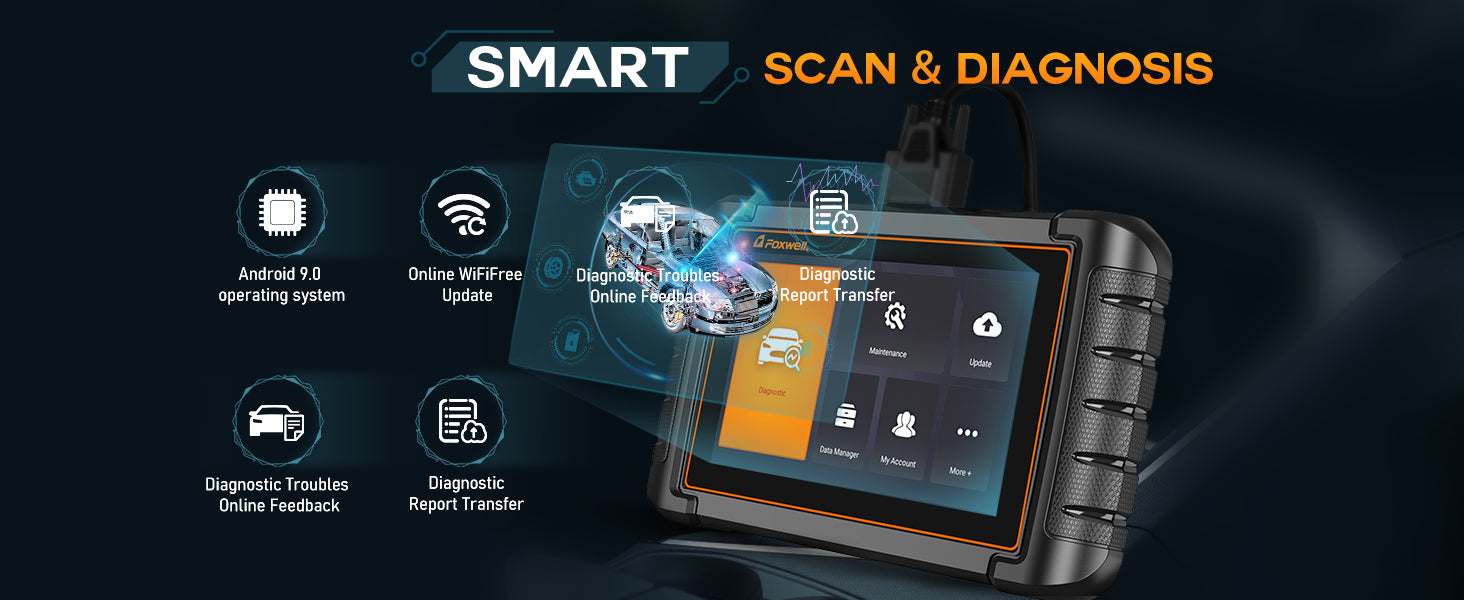
Conclusion
Through this post on how to use an OBD2 scanner to conduct EVAP tests, we've gone over the fundamental tasks and maintenance techniques that will ensure the smooth operation of the vehicle's Evaporative emission control (EVAP) technology.
From understanding the basics and the most common problems of the EVAP system to examining the capabilities of modern OBD2 scanners such as the Foxwell NT530 or NT650 Elite, we've provided complete information on the importance of these devices and instruments to vehicle diagnostics as well as environmental compliance.
FAQs
What will an EVAP test look like in my car?
An EVAP test looks for leaks within the Evaporative Emission Control System to ensure that vapours from fuels are contained properly and are not released into the atmosphere.
Do I have the ability to conduct the EVAP test at my own home?
Yes, you can conduct the EVAP test in your own home if you own the OBD2 scanner that is compatible with EVAP testing.Follow the instructions of your scanner for a proper test.
When should I conduct the EVAP test?
It's recommended to conduct an EVAP test each year or when you observe that the check engine light is present and you suspect that it is related to an emissions problem.

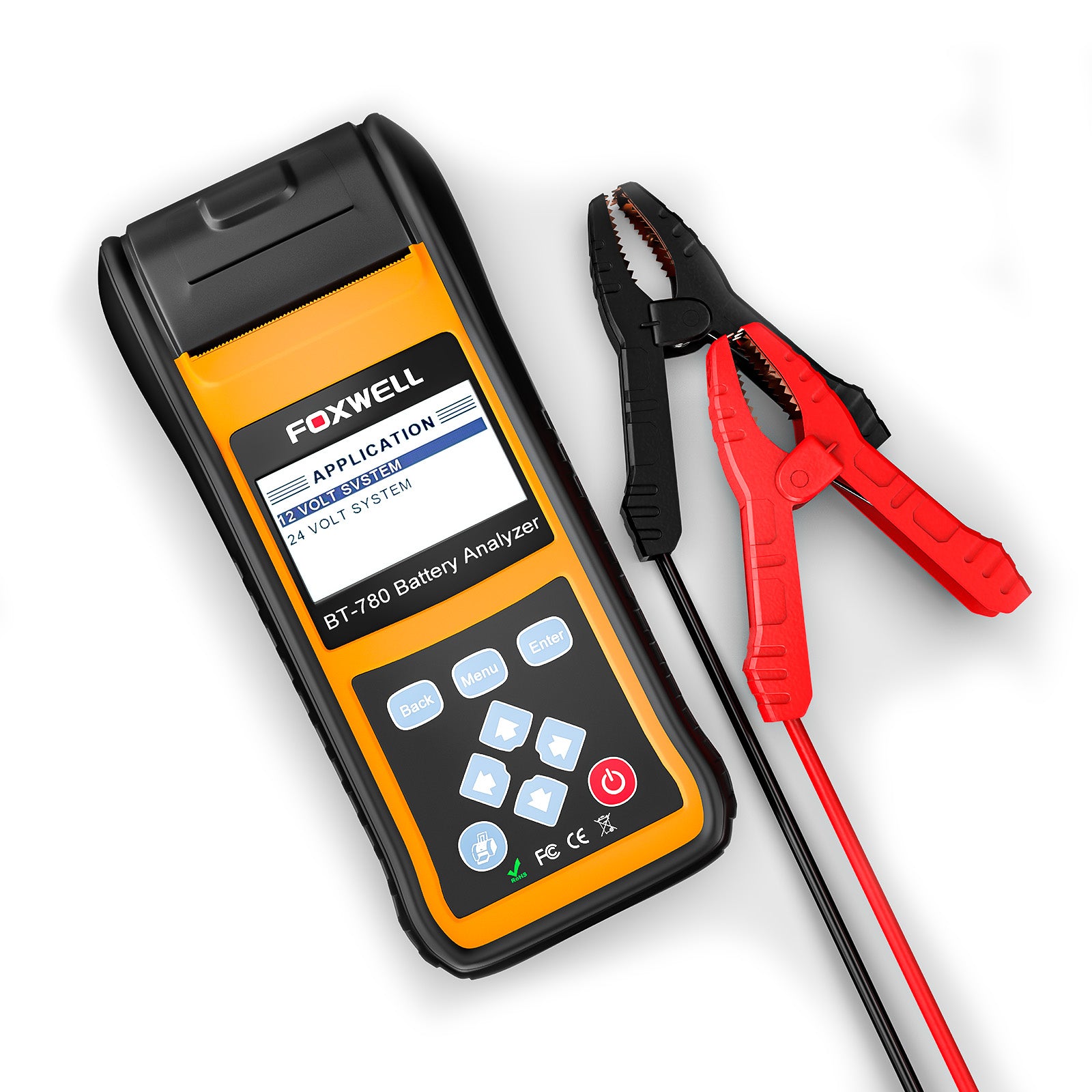
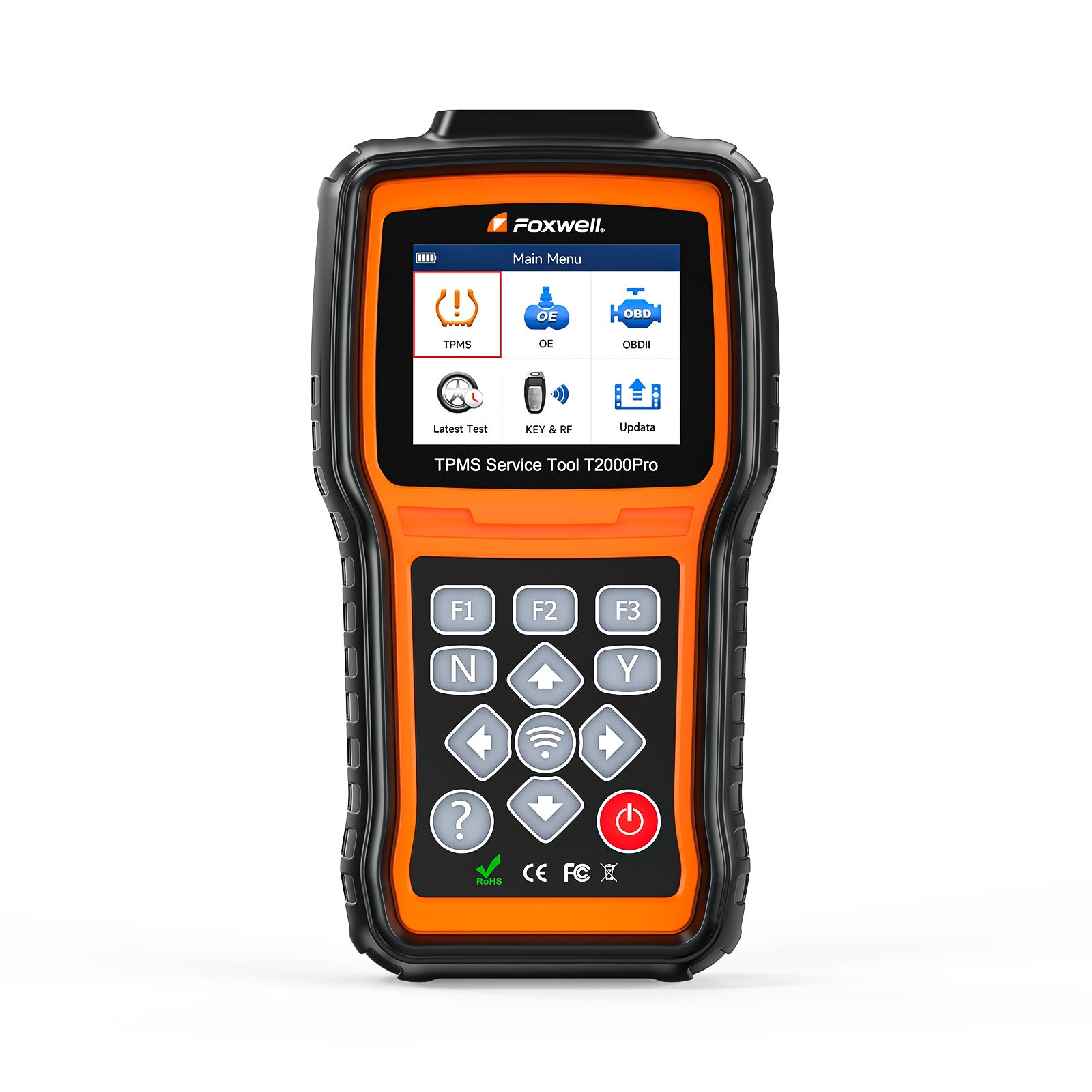
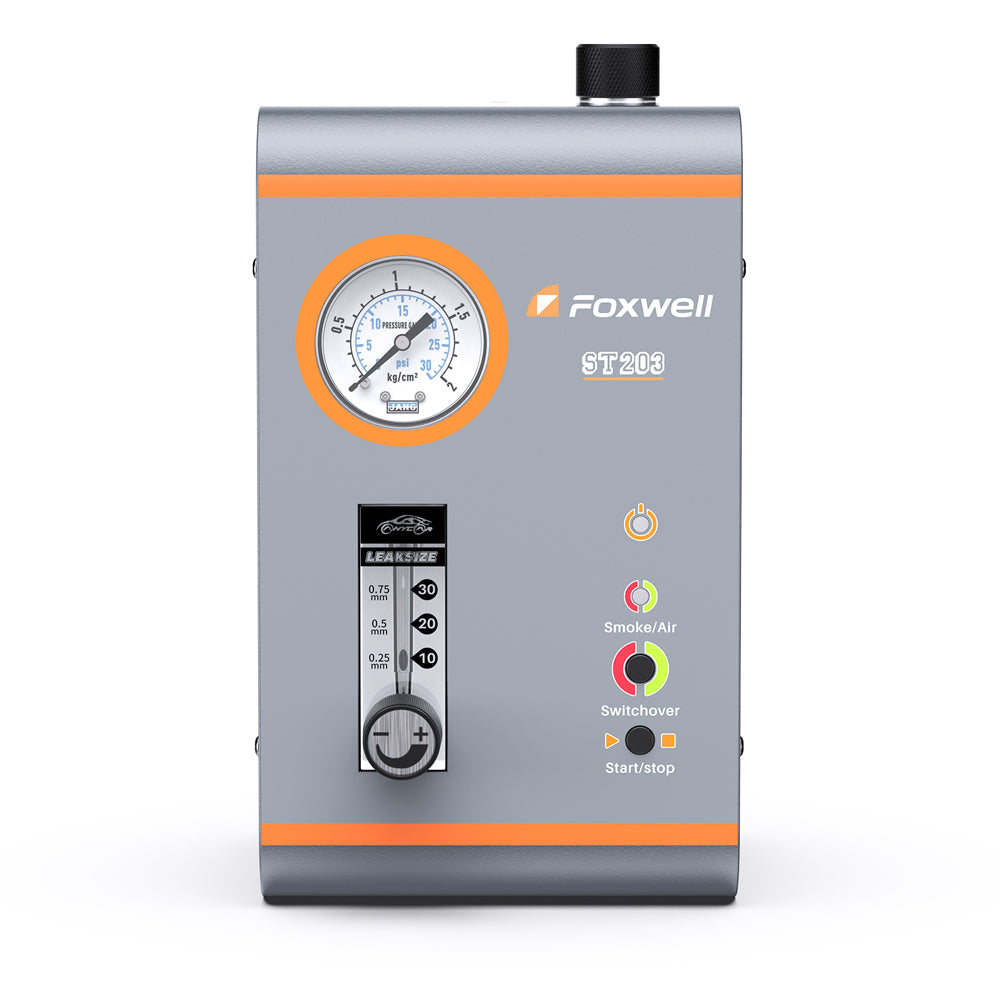
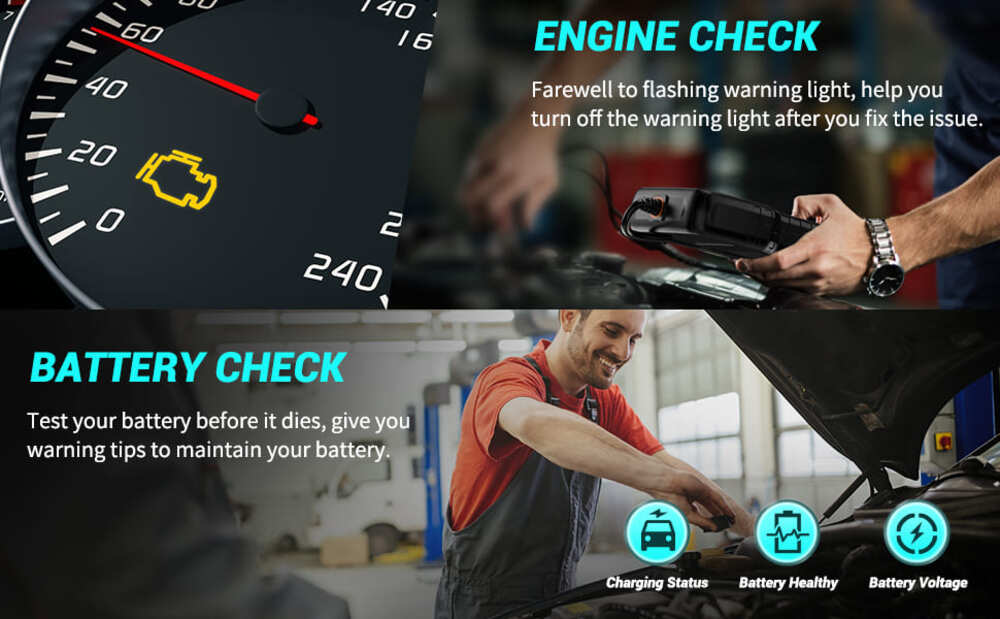
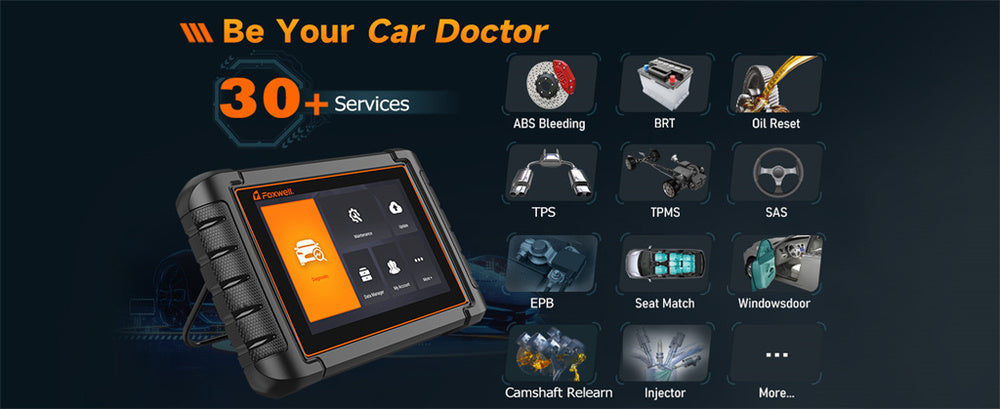
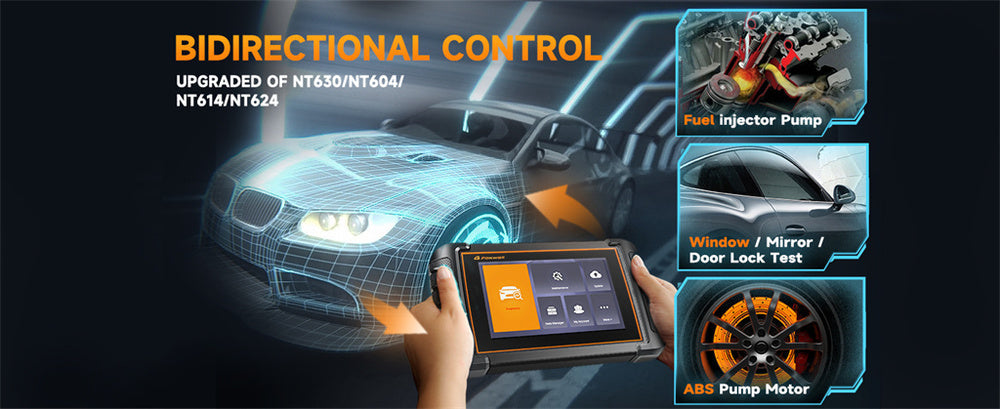
Leave a comment
This site is protected by hCaptcha and the hCaptcha Privacy Policy and Terms of Service apply.